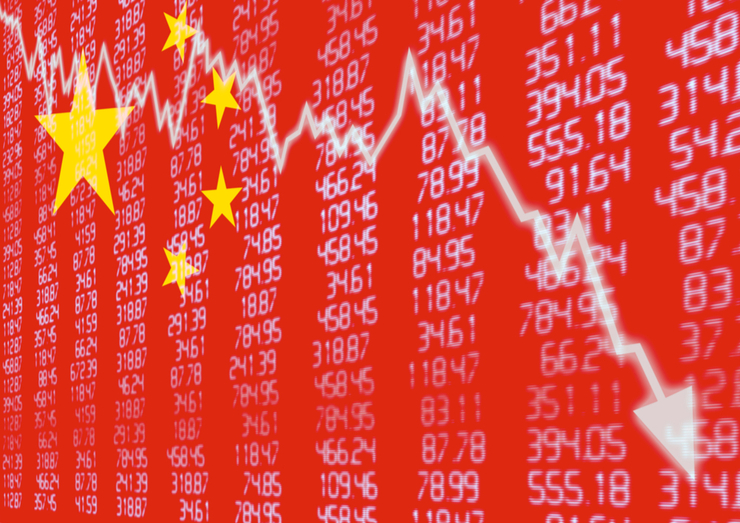
Investors are looking for investment opportunities in Asian markets that exclude China. Fear of geopolitical risks surrounding China has created the demand for investment opportunities in countries deemed safer. Hudson Lockett and Leo Lewis report in the Financial Times:
Global fund managers say they are rushing to meet client demand for new Asian investment products that exclude China, as investor appetite for the region’s largest economy is hit by slowing growth and mounting geopolitical risk.
Fund managers said requests for “ex-China” products included the possibility of “Asian allies” funds that would invest in US-friendly markets and provide clear insulation from Beijing-related geopolitical risk in the region.
The widespread adoption of such investing would mark one of the biggest structural shifts for Asia-Pacific markets since the advent of “Asia ex-Japan” portfolios roughly three decades ago, according to asset managers. They said demand had been stoked by worsening US-China tensions and a rally for the rest of the region that had left its biggest market behind.
“Investors are concerned about geopolitics,” said Minyue Liu, investment specialist at BNP Paribas Asset Management. Liu said international clients had begun sending out RFPs — requests for proposals — to provide investment funds that would cover the Asia-Pacific region but exclude both China and Japan.
“That means there’s a real opportunity, it’s not just investors asking about this hypothetically,” said Liu, who added that BNP Paribas AM was already in talks with clients about providing Asia ex-China investment products. “It clearly shows there’s interest in this kind of product.”
Investor concerns over China exposure came to the fore after Russia’s full-scale invasion of Ukraine, which drove many to reassess the risk of a Chinese assault on Taiwan. But fund managers said demand for ex-China investment products had grown more concrete in recent months thanks to worsening relations between Washington and Beijing and China’s lacklustre economic recovery.
Read more here.




